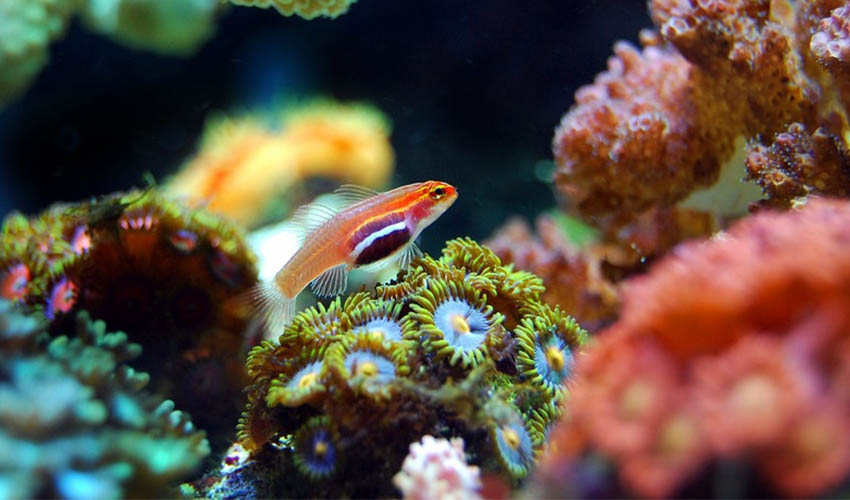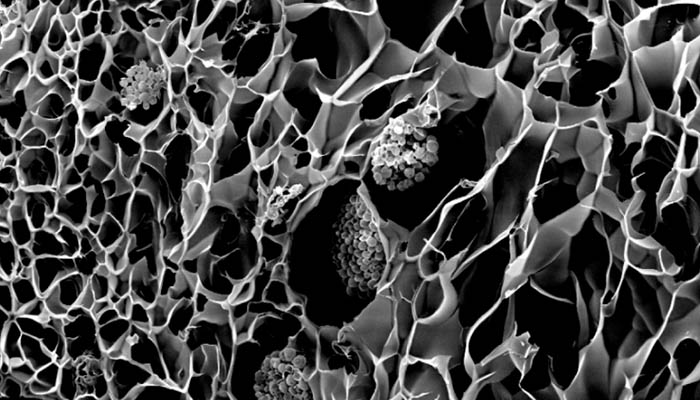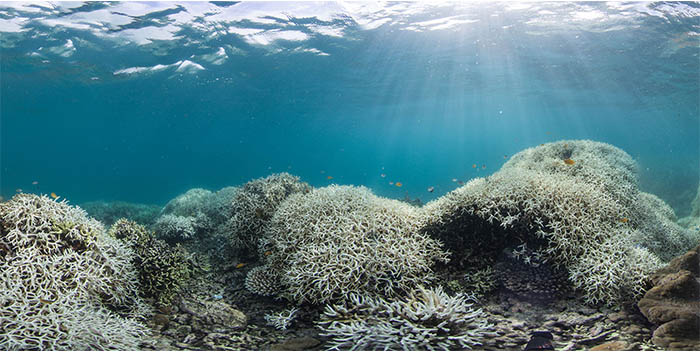3D printed corals could help energy production and coral conservation

3D printing technologies can be used to create complex and intricate structures by enabling a new level of design freedom. This is one of the main benefits of additive manufacturing, and one of the aspects many scientists around the world have been exploring over the years. Creating more complex designs means delving into new applications. One of these applications is increasing biodiversity. At Cambridge University and the University of California San Diego, researchers have 3D printed coral-inspired structures that are capable of growing dense populations of microscopic algae. Their results, reported in the journal Nature Communications, open the door to new bio-inspired materials and their applications for coral conservation.
In the ocean, corals and algae have an intricate symbiotic relationship. The coral provides a host for the algae, while the algae produce sugars to the coral through photosynthesis. This relationship is responsible for one of the most diverse and productive ecosystems on Earth, the coral reef. Dr Daniel Wangpraseurt, a Marie Curie Fellow from Cambridge’s Department of Chemistry explains: “In our lab, we’re looking for methods to copy and mimic these strategies from nature for commercial applications.” In other words, by 3D printing coral structures, the researchers were able to promote algae growth, which in turn feed the coral.

A close-up of a microalgal aggregate (scale bar = 10 µm) | Image via University of Cambridge
3D printed corals are made with bioprinting techniques
To create the coral, the team used bioprinting techniques capable of reproducing detailed structures that mimic the complex designs and functions of living tissues. Additionally to replicating the intricate structures of coral, the live cells had to be kept alive as the corals were being formed – far from being an easy task. The co-senior author Professor Shaochen Chen, from UC San Diego explains in more detail: “Most of these cells will die if we were to use traditional extrusion-based or inkjet processes because these methods take hours. It would be like keeping a fish out of the water; the cells that we work with won’t survive if kept too long out of their culture media. Our process is high throughput and offers really fast printing speeds, so it’s compatible with human cells, animal cells, and even algae cells in this case.”
In terms of materials, the scientists used a combination of polymer gels and hydrogels doped with cellulose nanomaterials to mimic the optical properties of living corals. When the team came to test the efficiency of their 3D printed bionic corals, they noted that they were successful at redistributing light, just like natural corals. Dr Daniel Wangpraseurt added: “There are many different applications for our new technology. We have recently created a company, called mantaz, that uses coral-inspired light-harvesting approaches to cultivate algae for bioproducts in developing countries. We hope that our technique will be scalable so it can have a real impact on the algal biosector and ultimately reduce greenhouse gas emissions that are responsible for coral reef death.“
This is just one of the ways additive manufacturing can imitate nature to provide more efficient solutions to issues we face. It will definitely be interesting to see if these research projects succeed in being scaled up in the coming years. You can find more information HERE.

A dying coral reef
What do you think of bioprinting corals to protect coral reefs? Let us know in a comment below or on our Facebook and Twitter pages! Don’t forget to sign up for our free weekly Newsletter, with all the latest news in 3D printing delivered straight to your inbox!






